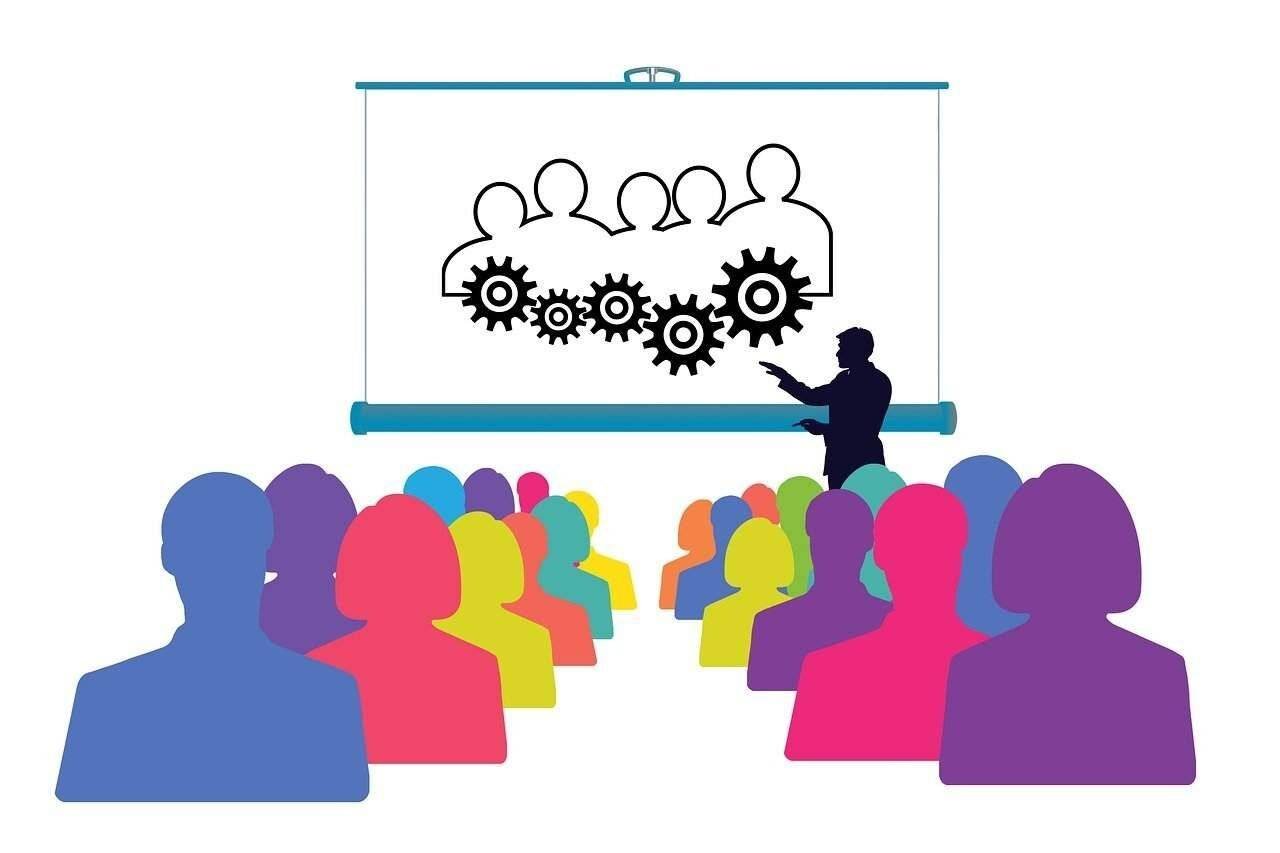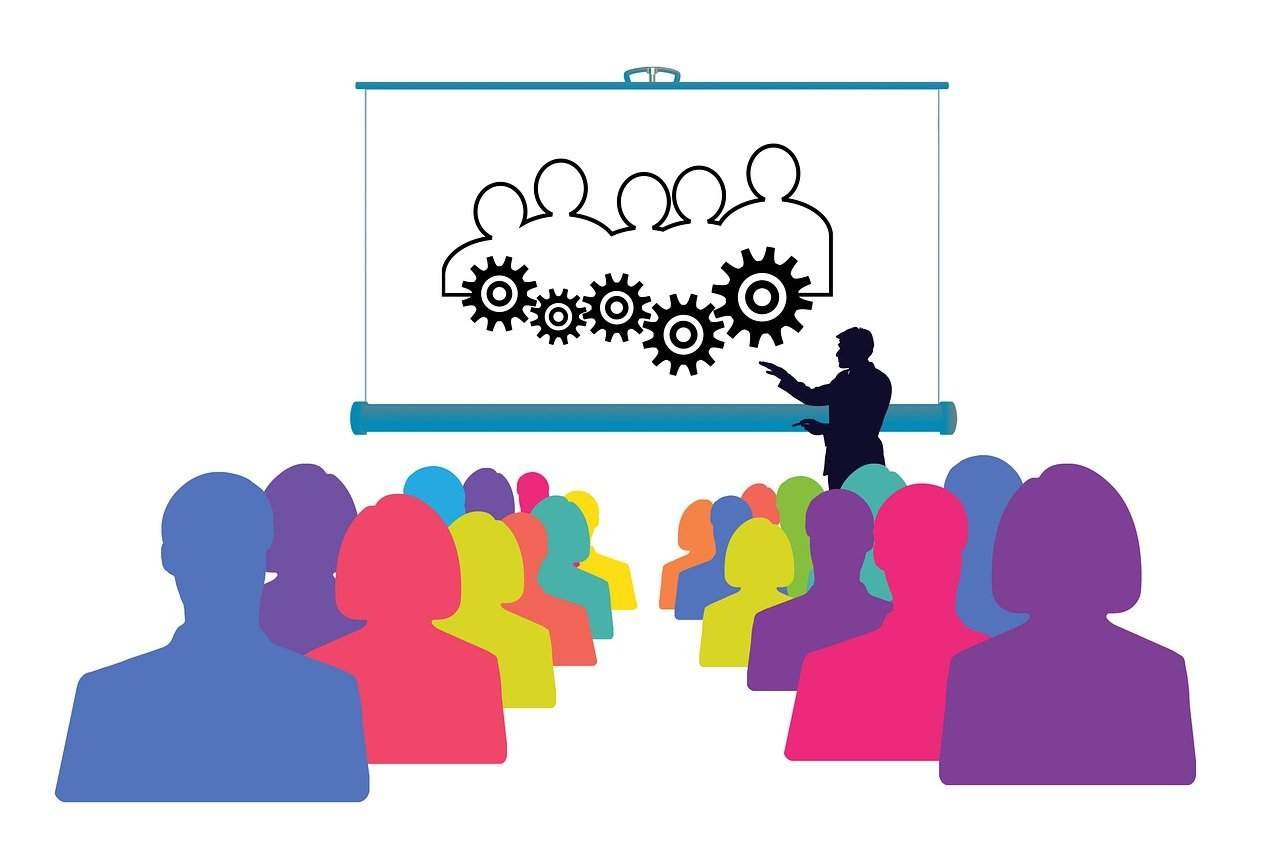Developing High Performing Teams Examples, Meaning, Definition, Characteristics, with Model; Project management, goal setting, role clarification, and problem-solving in teams are skills that need to develop. For teams to work effectively and efficiently, new organizational skills must develop. Also, Teamwork as a form of work organization will have different characteristics between communities. However, teamwork is a recognizable approach to work organization. Teamwork thus forms one of the main dimensions of work organization and employee participation, by which we characterize a high-performance organization. In a broader spectrum, we can include employee satisfaction, employee stress, work processes, customer satisfaction, customer loyalty, etc.
Here is the article to explain, Developing High Performing Teams, Examples, Meaning, Definition, Characteristics, with Model!
Practices such as developing greater commitment to the organization, greater motivation, and using employee knowledge to introduce continuous improvement, etc. will increase productivity and other organizational outcomes. We’ve heard a lot about the benefits of using a team approach to increase organizational efficiency and empower people and teams with the information and authority to make decisions on the front line. Today’s business success requires the use of these highly efficient work teams in organizations. But switching to a team is not easy. Training can be useful in many ways to help people work more effectively in a team environment, including communication. Also, Employees must learn to communicate effectively within teams and between teams throughout the company.
Employees need to use communication to resolve and manage conflicts and to raise and resolve complaints and grievances. Also, Team leaders and managers must learn to act as role models for teamwork and to promote active team building, leadership, and management. Employees need help to overcome the fear of losing their sense of security and independence in the workplace and to learn to continue to participate individually in the team structure. Interpersonal skills need to develop, especially those related to group problem-solving. Currently, it is the preparation of the workforce for optimal results which creates a competitive advantage.
Meaning and Definition of High Performing Teams;
“High Performing Team” refers to a target group with specialized experience and additional skills who work together, innovate, and consistently produce better results. Also, The Team tirelessly strives for excellence through shared goals, shared leadership, collaboration, open communication, clear expectations of group roles and rules, early resolution of conflicts, and a strong sense of responsibility and trust among its members.
This article also offers advice on how HR teams can be highly productive. This includes recruiting the right team members, training, resolving conflicts and appraisals, and promoting outcomes, pay, and incentives. This article does not cover topics such as employee engagement and engagement which fall under the “Employee Relations” discipline, or issues related to employee or employee retention, which fall under the “Human Resources Management” discipline.
More precise business-oriented learning functions, properly distributed and integrated into the organization, will not only be more in line with business results and profitability but will also help guide the entire organization towards an efficient, effective, and leading-edge goals team. The training function itself is a good starting point for running a highly effective work team. By reorganizing learning and development processes into cross-organizational teams to enhance business success, trainers and training designers become a valuable resource for transferring their experience, knowledge, and skills from highly effective work teams to others throughout the organization.
Main Developing Characteristics of High Performing Teams;
Highly Performing work teams consist of a group of highly talented and motivated professionals who work together to achieve a common goal or business goal. In contrast to medium-sized teams, highly efficient teams offer the highest levels of productivity and productivity by making optimal use of business resources and making optimal use of existing talents or competencies. Also, The team manages business excellence and achieves business synergies through effective strategic planning and implementation.
Let’s analyze the developing main characteristics of high performing teams:
Clearly defined mission and goals:
Highly effective teams emphasize the purpose of the work or mission, the nature of which presupposes their right to exist. In addition, the team periodically sets intermediate goals and is responsible for planning and implementing their respective decisions or strategies. Also, Expectations clearly define and team members define.
During the expectations adjustment phase, the team leader pays attention to the following factors:
- Ensure that expectations present appropriately and effectively to team members.
- Provide an understanding of team member expectations by defining and implementing effective communication strategies.
- Also, Finds that team members easily accept and respond to pre-determined expectations.
- Provide the necessary motivation and resource-oriented support for team members to ensure that expectations meet.
Open Communication:
Highly efficient work team members enjoy the freedom to share or exchange various types of information, communicate openly and transparently, and give/receive constructive feedback to improve job performance. In addition, the team created a special process for disseminating important information to team members.
Mutual trust and cohesion between team members:
Highly effective team members have mutual trust, share strong bonds, respect each other, cooperate and support each other to achieve the goals that exceed. The team provides maximum opportunity for social interaction in a cross-functional structure and promotes reliability and unity by allowing members to participate in cross-functional training programs.
Proactive, high-quality decision-making and problem-solving:
Highly effective team members are active and skilled at solving complex problems and successfully implementing important decisions together as a group. Also, Implemented solutions can manage through natural processes or initiatives.
Effective conflict resolution mechanisms:
High-performance work teams quickly and actively understand the triggers or potential sources of conflict and resolve them by mutual agreement of team members. Such teams characterize by a high degree of solidarity and unity; which makes them effective in conflict management through effective communication and solution techniques. Team members train in conflict management skills and practice interpersonal and communication skills in the workplace to achieve productive results. Also, Team members work in a participatory culture and contribute their innovative ideas or participate freely in discussions.
Productive meetings in highly effective teams:
Meetings well plan and organize, with more attention paid to factors that can help improve overall team performance and maximize productivity. Team members bring bright ideas to meetings to tackle work-related challenges, participate in decision-making, and share important information.
Role Clarity:
Highly effective team members have clarity about their roles and the responsibilities of others on the team. Also, They are aware of their duties and responsibilities to perform their duties and the interdependence of each team member to achieve the mission or ultimate goal.
High-performance work teams are innovative and achieve productive results:
High-performing team members are more productive and qualified to manage innovative best practices in the workplace, implement system/process reforms, and achieve record milestones. Team members are experts in the definition of indicators and the determination of measures to assess performance in terms of efficiency (analysis of the effectiveness of team processes) and efficiency (quality of results). Innovation and productivity measure in eight dimensions: improving quality, saving time, controlling and reducing costs, increasing production, meeting deadlines, complying with safety rules and minimizing accidents, streamlining existing systems/processes, and improving interpersonal communication.
Strong Leadership:
Highly effective team leaders play an important role in creating a strategic framework and action for team members. You set goals and priorities, ensure effective coordination in various aspects and promote a collaborative environment to increase opportunities and achieve successful outcomes. Managers promote a culture of participation, encourage active participation of team members in important decisions and offer team members the support and orientation needed.
Offer maximum development opportunities for team members:
Team members have access to maximum opportunities for team members’ personal and professional development. Team members can improve their cross-functional skills through experiential learning and participating in project assignments. Various development interventions that routinely carry out within the team, such as classroom training, outdoor training, self-study, training and mentoring, and feedback sessions, are beneficial for team members.
High Performing teams model – developing different types of teams;
Teams are the most important building blocks of a successful organizational strategy. Your company’s focus may be on service, quality, cost, value, speed, efficiency, performance, or other similar goals; but, teams remain the core methodology of most organizations in the private, nonprofit, and public sectors. The fact is that as team coherence increases, a shared focus emerges and individual energies become aligned. That way, there is a shared vision as well as an understanding of how to complement the efforts of others.
Once you know what type of team you are joining; it will help you decide how to plan your work and what results to expect. There are different types of teams. In this article post, we will discuss five of the most common.
Traditional model;
This is a group of people with a traditional boss. The boss also shares some of his responsibilities and authority. How much the boss shares usually depends on the subject. This traditional boss is in charge. However, with some issues, the person can allow other team members to take the lead.
Team spirit model;
This is a group of people who work for the boss. The team members were very happy and everything seemed to be going well. There is a team spirit in people. The fact remains that this is not really a team. This is because there is a single person who calls all the shots. Beyond that, there is no division of power or responsibility.
Cutting Edge or Pattern model;
This is a group of people who organize themselves. No one in this group authorizes to make such decisions about events that affect the entire group. This also knows as a self-employed team. Because everyone has the authority and responsibility for all decisions that must take.
Working group or Task Force model;
Refers to a group that only meets for a certain period of time. This is because you need to work on a specific project or task. Such groups traditionally refer to as working groups or committees. This can include quality circles used in TQM efforts.
Cyber-team model;
In such a team model, members are rarely or not seen at all. They also know as “cyber” or “virtual” teams. The difference between these teams is that the teams have to work together to achieve a goal; but, can only meet at the start of their project. Post that they can only interact via email, phone, or video conferencing.
It’s important to know which model fits your team. The next step is to analyze why you feel this way. Now figure out which model your team needs to follow to complete the task. This is very important to achieve organizational goals.



Leave a Reply